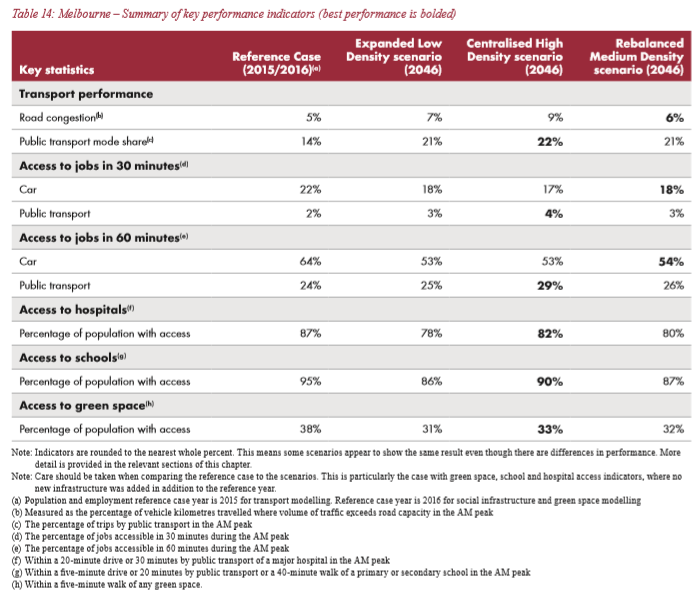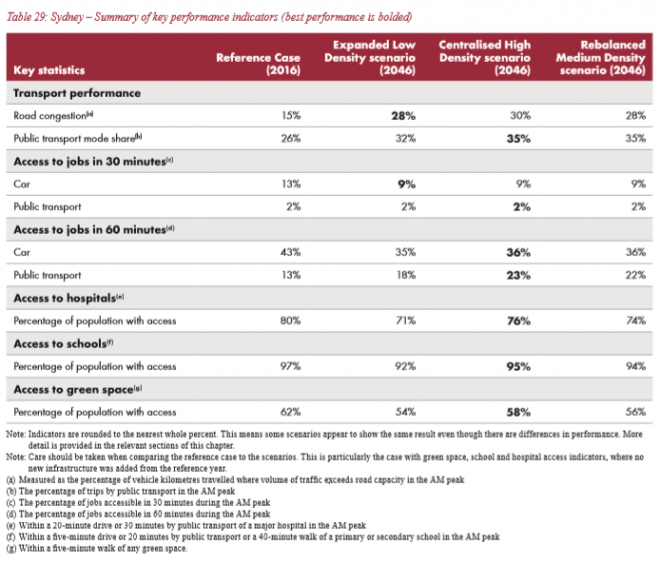With Australia’s permanent migration program already an insane 180,000 in 2017-18 – more than double the level at the turn of the century:

And net overseas migration (NOM) running at more than triple the historical average, which is projected to continue for decades to come:

Many of us have been hoping in vain that a Shorten-led Labor Government would take a more sensible approach and lower Australia’s immigration intake back to sensible historical levels.
Sadly, the opposite is true, with Labor’s shadow immigration minister, Shayne Neumann, committing to a turbo charged intake. From SBS News:
Mr Neumann said that if Labor wins the next election, their government would take the “best advice” on setting the immigration intake level.
“I have said before 190,000 was about right previously. We will get the best advice and set the level accordingly,” the Shadow Immigration Minister said.
“I haven’t seen any evidence that will justify [cutting down the immigration intake], and the Liberals have never provided us with any evidence with relation to that.“
Best advice, hey? You mean from conflicted mass immigration boosters like the ANU’s demography department, the business lobbies, and the CFMEU?
As for the claim that Newman hasn’t “seen any evidence that will justify [cutting down the immigration intake]”, how about the infrastructure bottlenecks piling-up across the major cities, as explicitley noted by Infrastructure Australia’s findings in December:
Infrastructure delivery is struggling to keep pace with rapid population growth and change. Our largest cities are ‘playing catch up’ in delivering infrastructure to support population growth…
Communities are increasingly disappointed by their experience of growth. Communities are understandably resistant to growth when they witness development that is poorly designed and not accompanied by commensurate increases in infrastructure. Community trust in governments to deliver infrastructure and services in growing cities is diminishing…
Our infrastructure funding mechanisms have not kept pace with growth. There are limitations with the current funding mechanisms for timely delivery of local and state infrastructure. Funding mechanisms lack consistency and transparency, and vary in their effectiveness as a means of raising revenue…
While the different levels and arms of Australia’s governments increasingly use common population assumptions, information about the available and potential capacity of infrastructure networks is often fragmented, resulting in uncoordinated decision-making and planning.
So according to Infrastructure Australia’s own admission, our federal system of three levels of government and entrenched vertical fiscal imbalances makes it practically impossible to build enough infrastructure to cope with the projected population deluge brought about by the mass immigration ‘Big Australia’ policy.
To overcome the structural impediments, Australia will need a new constitution, a new financial system, a new private sector and a new social compact that allows a centrally planned tyrannical system like China’s. Otherwise we’ll be crush-loaded across all public services.
This is the exact outcome predicted in Infrastructure Australia’s February 2017 modelling, which projected that traffic congestion and access to jobs, schools, hospitals and green space will all worsen as Sydney’s and Melbourne’s populations balloon to a projected 7.4 million and 7.3 million people respectively by 2046:


Blind Freddy, but not Labor, can see that the obvious solution to Australia’s intractable infrastructure woes is to cut immigration to levels where infrastructure can keep pace. It’s hardly rocket science.
Moreover, how does Labor propose to fix wages when it continues to flood migrants into the Labor market, and into areas where there are no skills shortages? It can’t.
Finally, for bonafide “evidence” of why immigration should be cut, look no further than the overwhelming majority of recent opinion polls in Australia showing majority support for lowering immigration:
- Australian Population Research Institute: 54% want lower immigration;
- Newspoll: 56% want lower immigration;
- Essential: 54% believe Australia’s population is growing too fast and 64% believe immigration is too high;
- Lowy: 54% of people think the total number of migrants coming to Australia each year is too high;
- Newspoll: 74% of voters support the Turnbull government’s cut of more than 10% to the annual permanent migrant intake to 163,000 last financial year;
- CIS: 65% in the highest income decile and 77% in the lowest believe that immigration should be cut or paused until critical infrastructure has caught up;
- ANU: Only three out of 10 Australians believe the nation needs more people.
The sad reality is that under Labor, Australia’s immigration intake will be increased against Australian’s wishes. In addition to raising the non-humanitarian intake back up to 190,000 (from 162,500 in 2018), Labor’s recent national conference also agreed to effectively double Australia’s humanitarian migrant intake from 16,250 currently to 32,000:
Labor leader Bill Shorten has avoided an internal fight over asylum-seeker policy by agreeing to changes that would see Australia gradually expand its annual humanitarian intake to 32,000 people…
The current humanitarian intake is 16,250 and will rise to 18,750 this financial year.
Labor agreed at its last conference to increase this to 27,000 by 2025. The extra 5000 under the community sponsorship plan would take this total to 32,000 over time.
Clearly, the public’s recent angst over mass immigration has gone over Labor’s head, which has gone all in for a ‘Big Australia’.
The phrase “unrepresentative swill” comes to mind.

